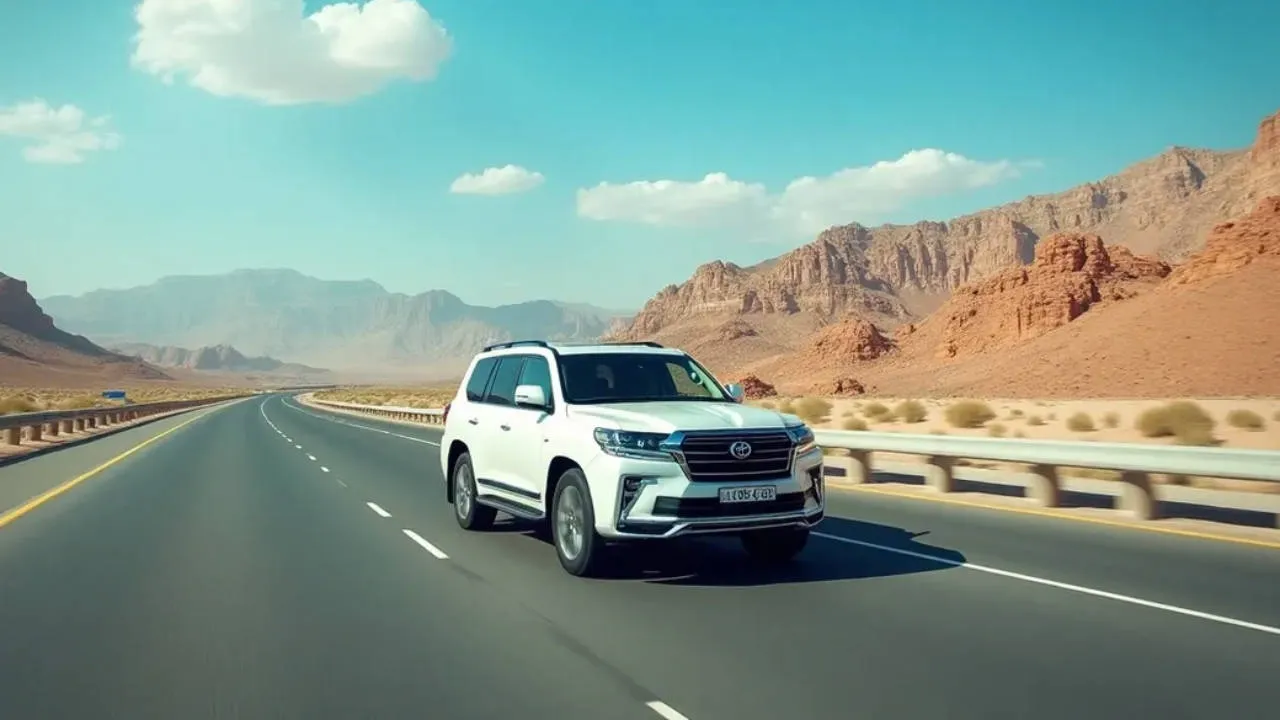How Does Speed Differ From One Car To Another? All Questions Answered!
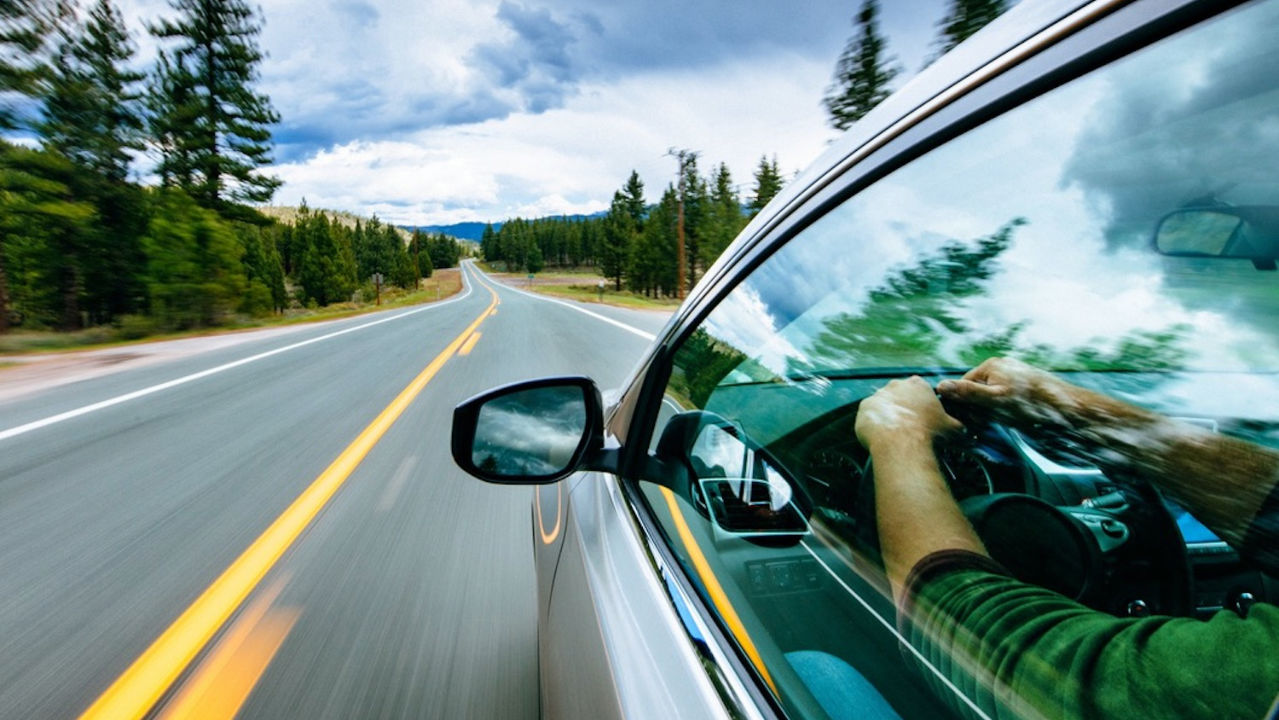
Driving down the open road, you might have noticed that not all cars feel the same when it comes to speed. Some seem to zip by effortlessly, while others take their time to hit the 100 km/h mark. The speed experience is a combination of various factors, making each car unique in its acceleration. Let’s delve into the nuances of speed and explore why one car feels different from the other travelling at the same speeds.
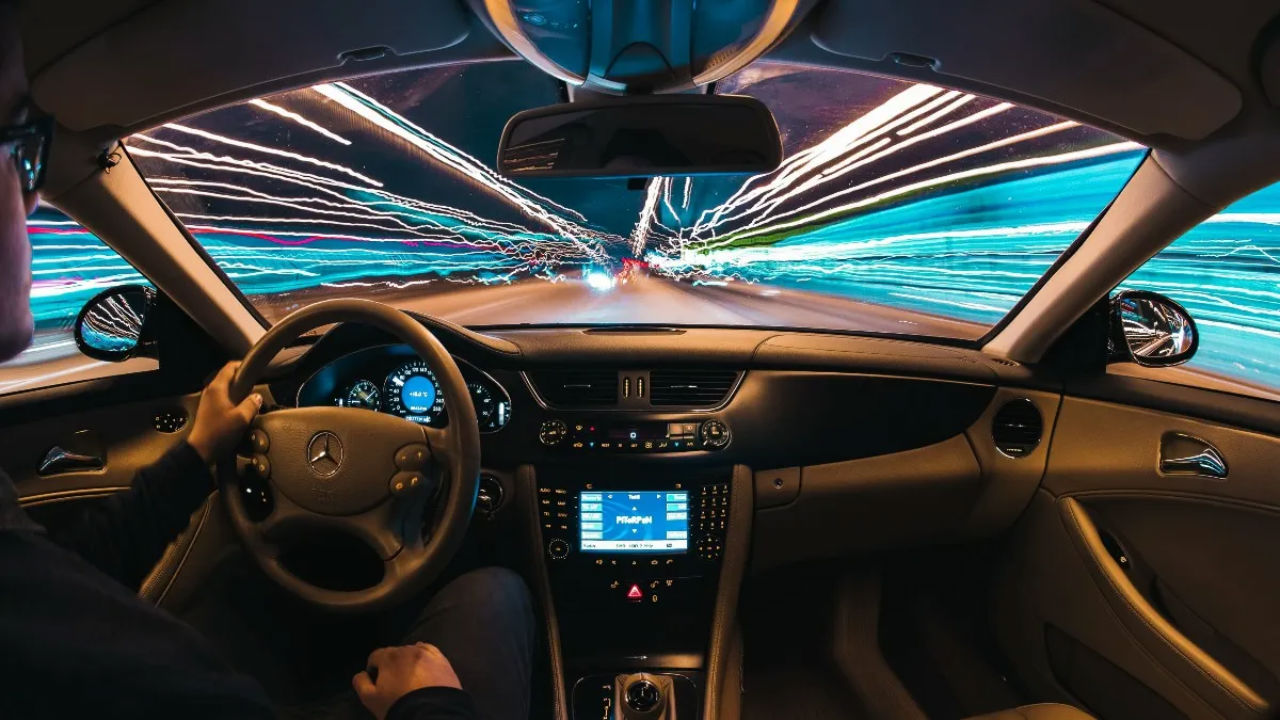
Closer To The Ground
Have you ever felt that low-slung sports cars have an unmatched sense of speed? That’s not just a feeling – it’s a reality. Cars closer to the ground tend to offer a more immersive experience when it comes to speed. The lower the car, the more connected you feel to the road, amplifying the sensation of speed. This is why sports cars and performance-oriented vehicles, with their aerodynamic designs and lowered profiles, can make you feel like you’re hurtling through space, even at moderate speeds. Additionally, cars that are lower to the ground have a lower centre of gravity, which makes them better at handling, especially when taking corners at higher speeds.
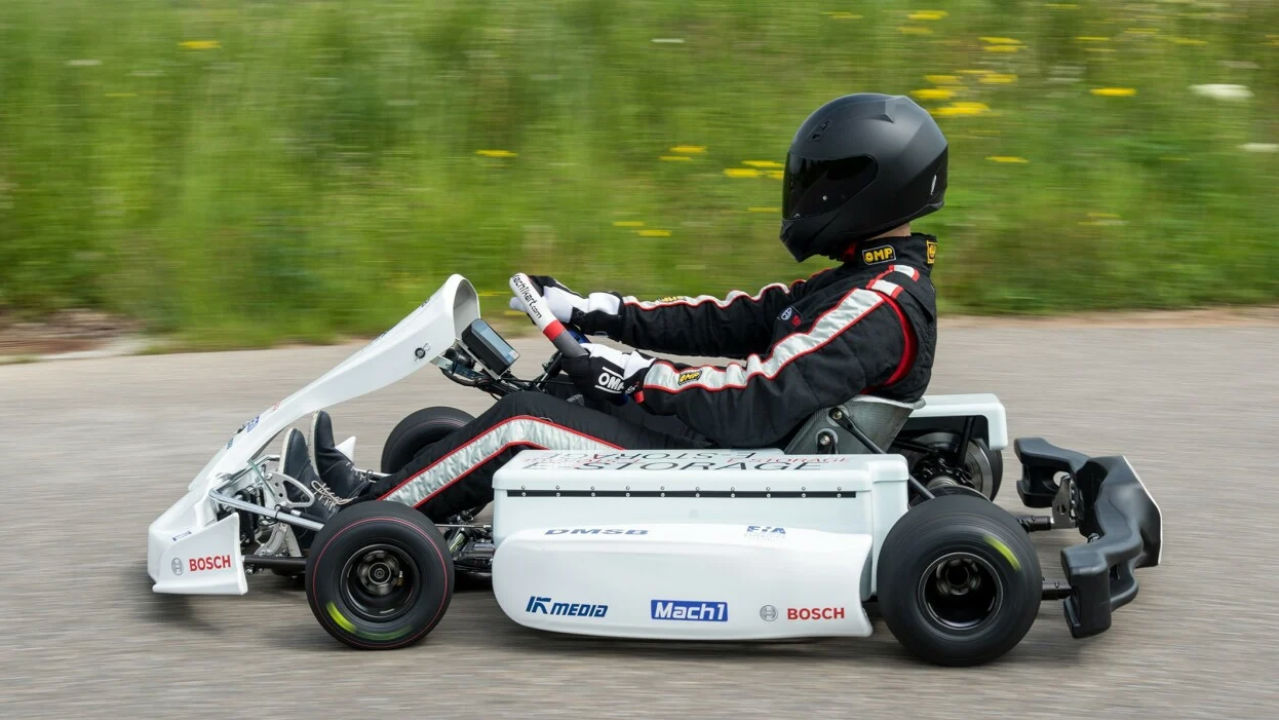
Speedometer Error
Ever glanced at the speedometer and wondered if your friend’s car is really as fast as it claims to be? Well, you might be onto something. The Indicated speed on the instrument cluster isn’t always an exact representation of how fast a car is moving. Factors such as tire size, wear and tear, and even the accuracy of the speedometer itself can contribute to variations in indicated speed. So, the next time you compare speeds, keep in mind that what you see on the dashboard may not tell the whole story.
While the digital speedometers in today’s cars are usually quite accurate, there can still be slight differences in the speeds shown by cars from different brands. This happens because each manufacturer has its own way of making cars. So, even though speedometers are meant to be precise, you might notice a small variation in speed readings when comparing cars from different companies.
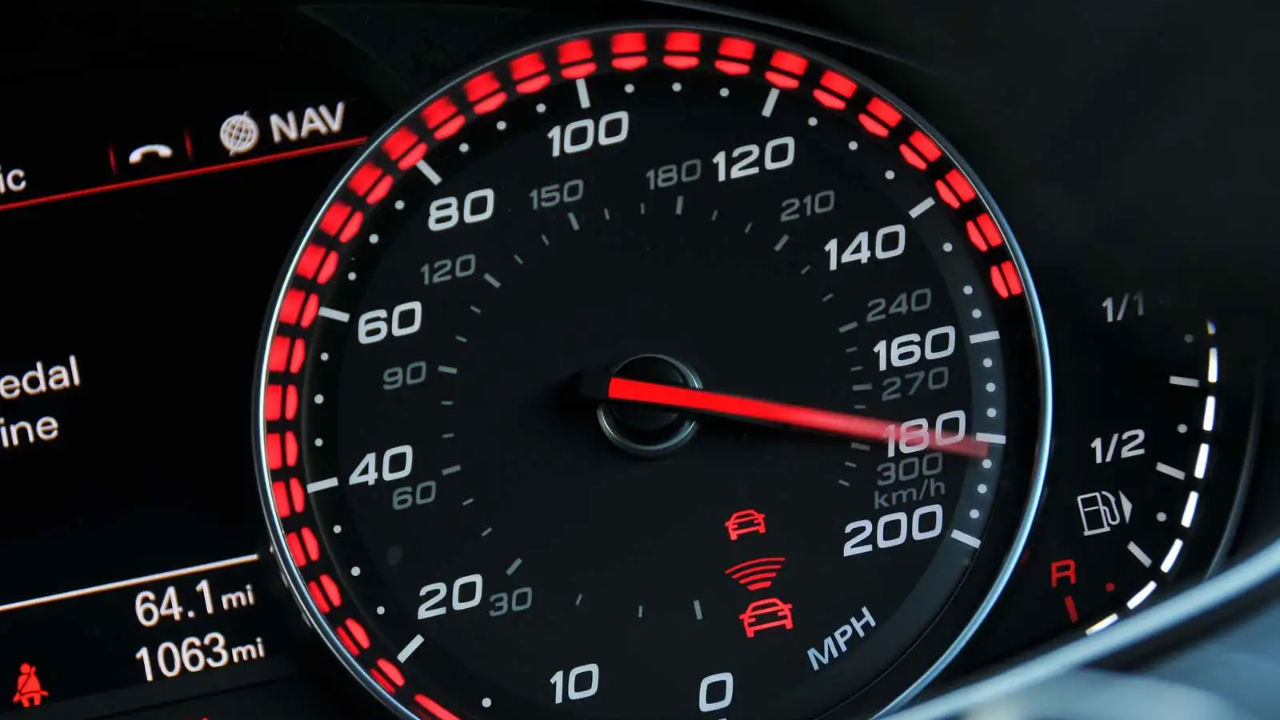
Smaller Engines
When it comes to acceleration, the size of the engine plays a crucial role. Smaller engines, typically found in compact cars and some economy models, may require more time and effort to reach that coveted 100 km/h mark. And once it hits the mark, it will take some effort behind the wheel to maintain the triple-digit speeds too.
It’s a matter of physics – smaller engines generate less power, and thus, they take longer to propel the vehicle to higher speeds and maintain it. This is why sports cars with powerful, larger engines often feel more responsive and can reach higher speeds more quickly.
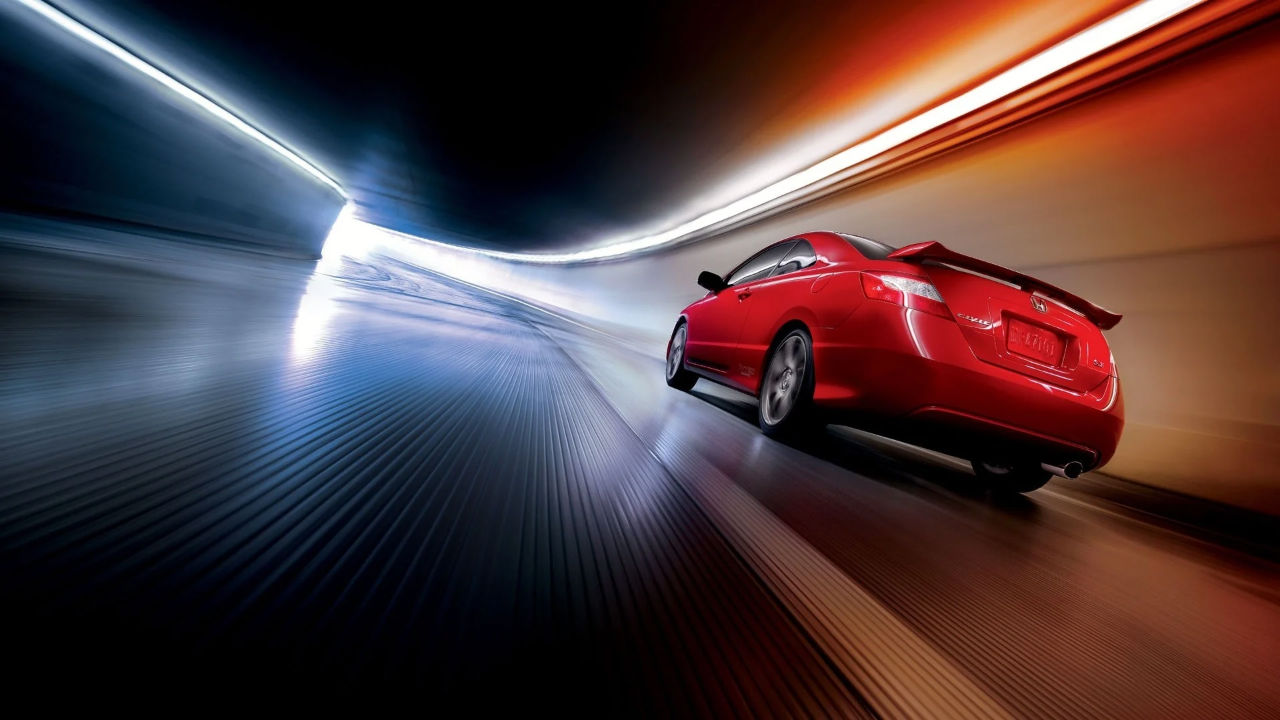
Because of strict rules about emissions, we now often have smaller engines in cars. These engines use forced induction with the help of either a turbocharger or a supercharger. But there’s a downside – they sometimes have a delay in initial acceleration, which is called lag.
More Gears
Gearing is another key player in the speed game. Cars equipped with more gears in their transmissions have the advantage of keeping the engine revolutions per minute (RPM) lower at higher speeds. Lower RPM means less strain on the engine and a smoother, more efficient acceleration. In practical terms, this translates to a car feeling more relaxed and composed as it accelerates to 100 km/h. So, next time you’re behind the wheel, pay attention to how many gears your car has – it might just influence your perception of speed.
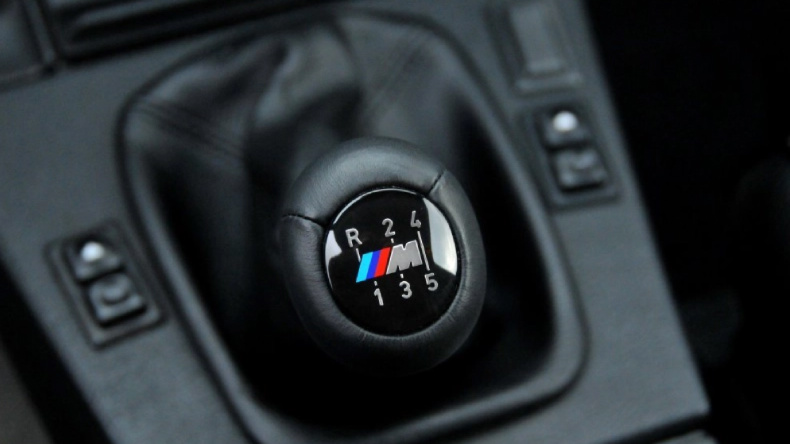
To sum it up, feeling the speed in a car is like a mix of many things – how the car is shaped, how big its engine is, and even how the gears work. So, the next time you’re driving, just enjoy the special feeling of speed your car provides.
Looking to buy a car? Here are used cars for sale in the UAE and new cars for sale in the UAE.



